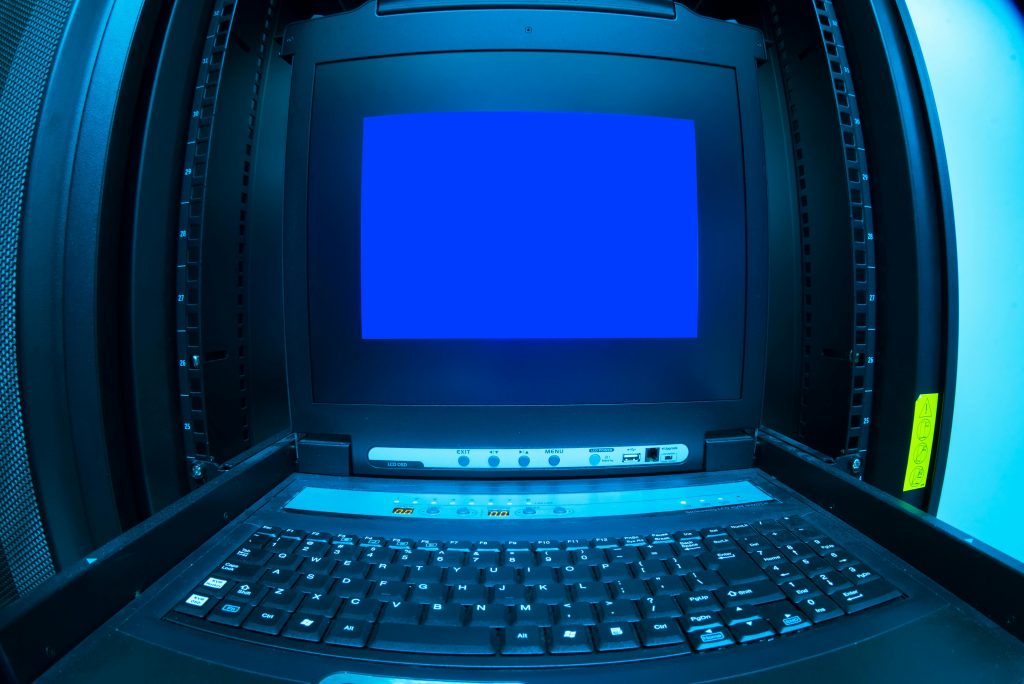Understanding Laptop Repairs: Is a Dead Motherboard the Sole Cause of Charging Issues?
When dealing with electronic device repairs, especially laptops, it’s natural to feel cautious about repair diagnoses and associated costs. Recently, a situation arose involving a Dell laptop that highlights some important considerations for consumers: Can a motherboard be completely dead yet still allow the device to function normally?
Background of the Issue
The laptop owner’s father had broken the charging port on his Dell laptop. To address this, the owner took considerable care to procure an exact replacement charger, recognizing the proprietary nature of Dell power adapters. Despite acquiring the correct charger, the device would not charge, although it was able to turn on and operate normally. Notably, the charger was verified to work with other devices via USB-C, indicating that the problem lay elsewhere.
After some months of disuse—during which the battery had presumably discharged fully—the device was taken to a repair shop for diagnosis. The repair center’s assessment was that the motherboard was dead, estimating a repair cost of around $500, which may nearly match or surpass the device’s current value.
Questioning the Diagnosis
The diagnosis raises a pertinent question: Is it common for a motherboard to be completely nonfunctional yet still allow a laptop to operate normally? Typically, when a motherboard fails, it affects multiple core functions of the device, leading to symptoms like the inability to power on, boot failures, or other critical issues. However, in some cases, partial failures or specific component issues on the motherboard may result in certain functionalities being compromised while others remain intact.
In particular, if the motherboard’s issue is solely related to the charging circuitry—such as the power management IC, charging port, or related components—it might not necessarily prevent the device from powering on and functioning. Conversely, a total motherboard failure often impacts more than just charging and can render the device entirely inoperative.
Assessing the Credibility of the Diagnosis
Given the device’s ability to operate without charging, it’s worth scrutinizing whether a complete motherboard failure is the most plausible diagnosis. While motherboard failures can be complex, it’s prudent to seek a second opinion or ask for a detailed diagnostic report that explains why more common issues—like a faulty charging port, damaged charging circuit, or specific component failure—are ruled out.
Navigating Repair Decisions
Before committing a significant expense—particularly an amount close to the device’s worth—consider these steps:
- Request a detailed explanation from the repair shop regarding how
Share this content:



